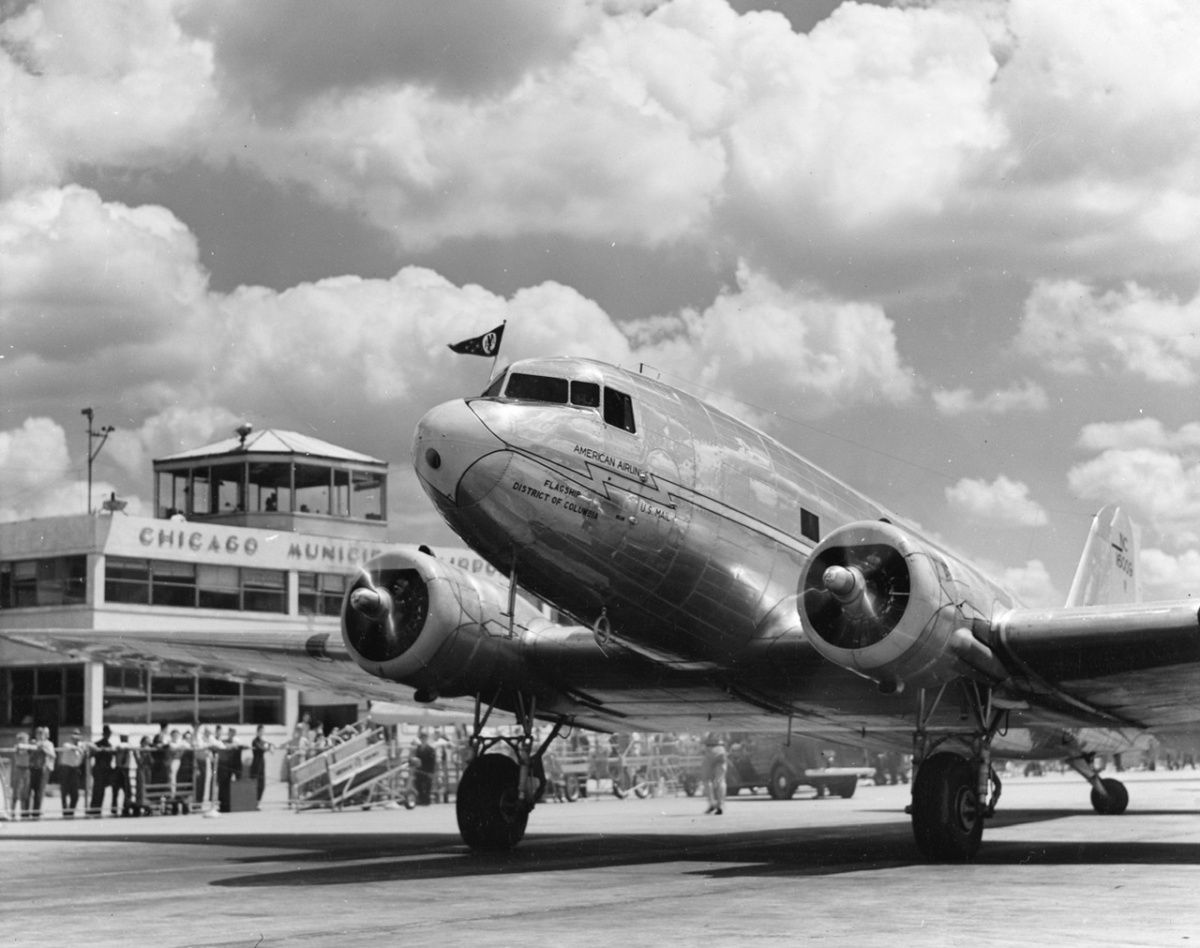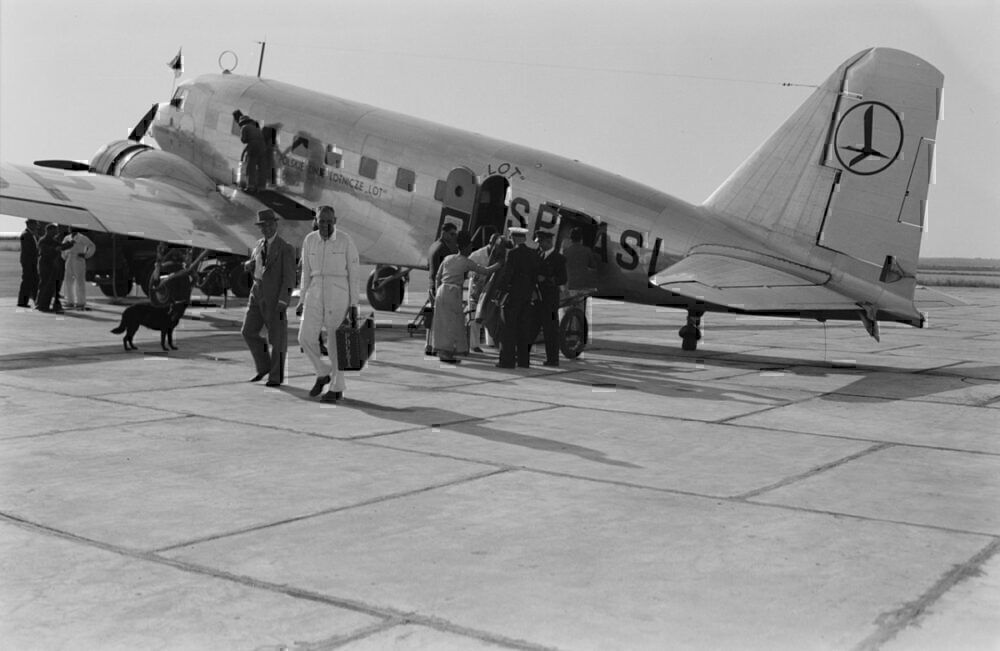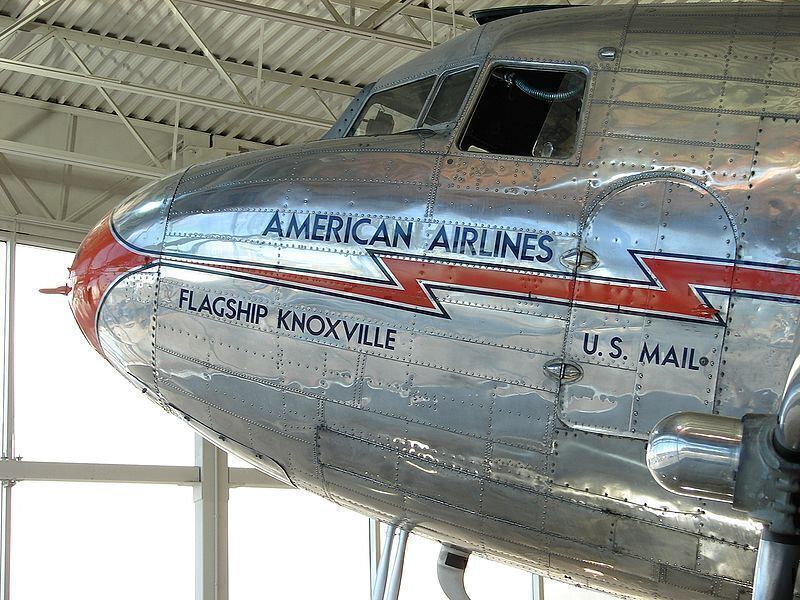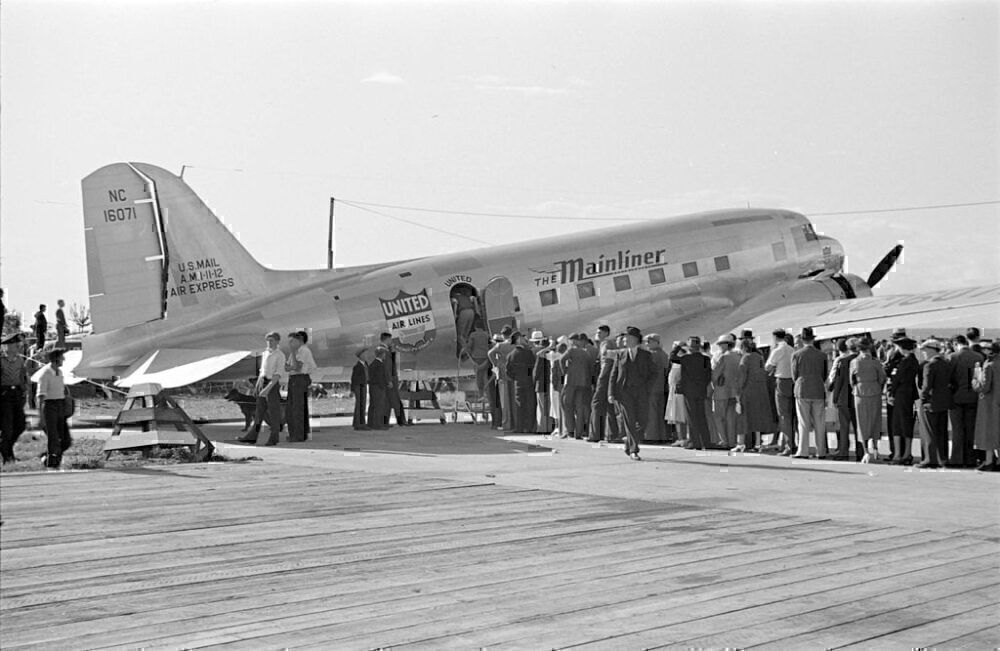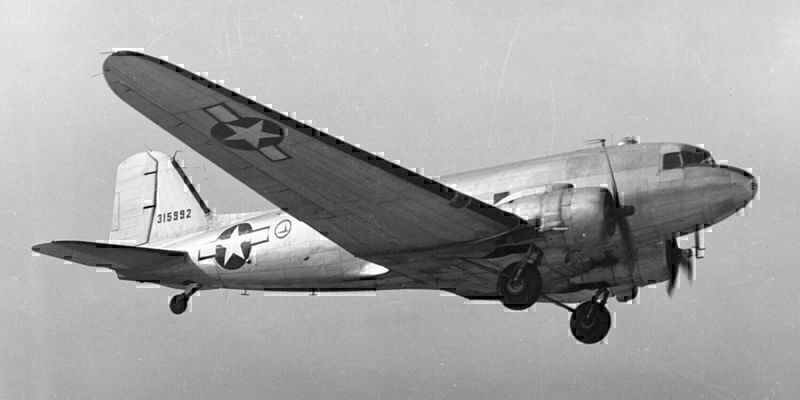The Douglas DC-3 has had a long-lasting impact on passenger and military aviation for over eight decades. However, the design of the plane may have never ended up being what we know if it wasn't for American Airlines' insistence.
Changing the game
Before the aircraft's introduction, carriers were struggling to perform successfully with a long-distance passenger plane. The DC-3 revolutionized commercial services as it helped airlines to start earning regular profits on long-haul operations. If it wasn't for the determination of Cyrus Rowlett "C. R." Smith, the iconic president of American Airlines, the game-changing introduction may not have happened.
The US commercial aviation pioneer wanted two new planes. He sought a lower version of the DC-2, which would carry 21 passengers during the day, and he also wanted an aircraft with railroad-type sleeping berths, which would transport 14 travelers overnight.
The Douglas DC-2 was already in production in 1934, and it was a 14-seat, twin-engined plane competing against Boeing 247. According to the Archbridge Institute, Smith, alongside his top engineer, Bill Littlewood, called Donald Douglas himself to request an improved type.
However, the aircraft manufacturing giant said that his company couldn't even keep up with orders for the DC-2. Therefore, he couldn't justify the development costs of a whole new plane.
Stay informed: Sign up for our daily aviation news digest.
The green light
Nonetheless, Smith showed his persistence and promised Douglas that he would order 20 units of the new aircraft if they were built. After hours of negotiations, Douglas finally gave in.
To finance the deal, Smith flew to Washington to meet with Jesse Jones, the head of the government's Great Depression-era Reconstruction Finance Corporation. He returned with a $4.5 million ($83 million today) loan secured.
Boeing highlights that the first DC-3 built was the Douglas Sleeper Transport, which passengers affectionately called the Skysleeper. It had 14 luxury seats in four in four main compartments, and they could be folded in pairs to form seven berths. Meanwhile, seven more berths folded down from the cabin ceiling. Altogether, the aircraft could fly 14 overnight passengers or 28 customers for shorter daytime flights.
The first of these planes arrived at American Airlines in June 1936. Two months later, the first standard 21-passenger DC-3 joined the company.
Hitting the skies
On June 25th, 1936, American launched its first regularly scheduled DC-3 flight, which was a service from Chicago Midway to Newark. The journey took three hours and fifty minutes to complete, and Smith was one of the 13 passengers aboard.
In September of that year, American started a15 hour and 50-minute overnight transcontinental sleeper service between California's Glendale and Newark. This trip included stops for refueling in Tucson, Dallas, and Memphis.
The deployment of the DC-3 was a grand affair in airline history. American toured the plane around the US. While in Detroit, a crowd of 110,000 people gathered to see the spectacle.
The plane enabled American to operate a route that could earn a profit solely on passenger activity. At the time, operators had to rely on mail services to record gains.This progress saw American eventually hold 94 units of the type.
In the years leading up to World War II,two-thirds of American's revenue was from passengers. Furthermore, the carrier was boasting profits of $200,000 ($3.6 million today) a year. As a result, Smith sent a check of $25 ($460 today) to two thousand of his employees that had been with the company at least one year. Moreover, newcomers received $15 ($275 today).
The trend catches on
The DC-3's buzz had soon spread throughout the aviation industry. Other US carriers, such as United Airlines, TWA, Eastern Air Lines, and Delta Air Lines, ordered more than 400 units of the aircraft. The increase in airline efficiency saw planes swiftly replace several train routes across the country.
United was notably proud of its new DC-3 "Mainliners". It flew them from New York to San Francisco in less than 16 hours and made only three stops on its journey.
Additionally, the plane also caught on across the continents. For instance, in 1936, KLM Royal Dutch Airlines received its first unit. It used the aircraft to replace the DC-2 service from Amsterdam to Sydney via Batavia (now Jakarta). This operation was the world's longest scheduled route during this period.
Altogether, between 1935 and 1946, over 10 thousand DC-3s were built. These planes were put to use by both commercial and military operators across the globe. In fact, by 1939, the DC-2 and DC-3 served 90% of all US airline customers.
Most of the military units of the DC-3 were C-47 Skytrain, which served well in WWII. Moreover, the plane also worked as a C-53 Skytrooper. The models proved to be durable, versatile, and reliable in their missions.
The DC-3 also saw deployment in other critical missions over the rest of the 20th century, such as the Vietnam War. The C-47 Skytrain even remained in service with the US military until 2008.
The legacy continues
The aircraft, in all its forms, would go on to be adored by several passenger airlines over the decades. Over 80 years after its debut, the type is still being spotted in the air. Just this summer, on the 76th anniversary of D-Day, tribute was paid to frontline health workers with a DC-3 towering the skies above the Finger Lakes region of New York.
Nonetheless, if it wasn't for American Airlines' persistence and drive, the plane's production may have been a very different outcome. An aircraft with the name of DC-3 may have eventually been produced. However, it would have come at a later time, with different requirements and a different outcome.
What are your thoughts about the Douglas DC-3 aircraft? Let us know what you think of the plane in the comment section.

